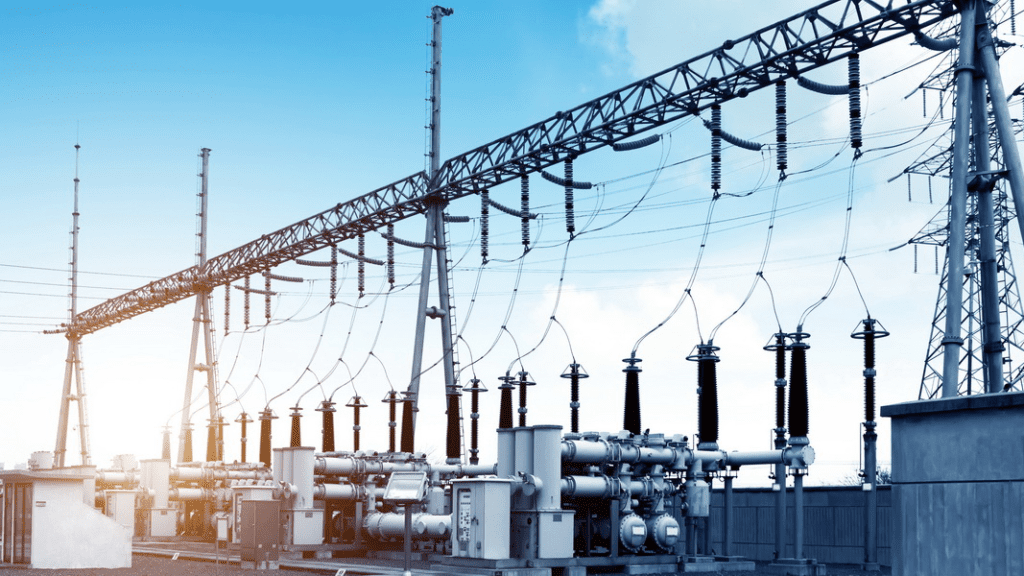Substation automation is gaining momentum throughout the world and utilities are rapidly automating the substations due to compelling reasons and to reap all the benefits offered by the new devices and systems. Substation automation involves the deployment of substation and feeder operating functions and applications ranging from supervisory control and data acquisition (SCADA) and alarm processing, to integrated volt-var control in order to optimize the management of capital assets and enhance operation and maintenance (O&M) efficiencies with minimal human intervention.
The following sections elaborate the need for automating the substations and explain why the time is ripe for the much needed overhaul of the systems.

Deregulation and competition
In a deregulated market, utilities are competing with each other and selling electricity directly to the customers. Deregulation has created competition among the supplying utilities, which has led to lower prices and a chance for customers to find the best deal.
The competition has also improved the power quality, service reliability, and cost of service, as expected. New energy-related services and business areas allow utilities to invest more in automating the substations.
The availability of various kinds of information from the system which improves decision making has also made the utilities proactive toward substation automation.
Development of intelligent electronic devices (IEDs)
The rapid development and deployment of IEDs has boosted the substation automation (SA) business as it has opened up new opportunities.
Protective relays, meters, and equipment condition monitoring IEDs have been installed and are integral parts of many substations. The technological developments have made the IEDs and the SA systems more powerful, at the same time less expensive, and utilities can justify the investment.
Enterprise-wide interest in information from IEDs
The IEDs have unmatched capabilities as far as the data capture from the field is concerned. The operational data, consisting of the current, voltages, watts, VARs, fault location, switch gear status, and so forth, are available to the personnel in the entire utility when required. In addition, the IEDs provide nonoperational data, which include fault event (waveform) and power quality data that are vital for post-event analysis and decision making. The beauty lies in the fact that the data can also be accessed by personnel working outside the control room for better planning and decisions for the future.
Implementation and acceptance of standards
The earlier marketplace was full of proprietary communication protocols, and it was difficult for devices from different vendors to communicate. However, the confusion over the communication standard is diminishing, and many international standards like IEC 61850, IEEE 1815(DNP3), and IEC 60870 have become a reality. Standardsbased implementations of projects are underway throughout the world.
Hence, it has become easier and simpler for utilities to implement automation of substations and related distribution systems.
Construction cost savings and reduction in physical complexity
The functionality bundling of devices has resulted in fewer components and has reduced the number of devices to be purchased, commissioned, and implemented. One IED may replace many electromechanical devices, and there will be construction cost savings. Since the number of devices reduces drastically, there will be less inter-device wiring, and some traditional devices will be eliminated altogether. Relay panel and control house size will be reduced and design and construction costs are also reduced considerably.
All of the above factors have contributed to the acceptance of substation automation as a necessity, and more personnel are being trained and new projects implemented world over. It is imperative to look at the conventional and modern substations to better understand the concepts.
According to Power System SCADA and Smart Grids by Mini S. Thomas, John D. McDonald.

